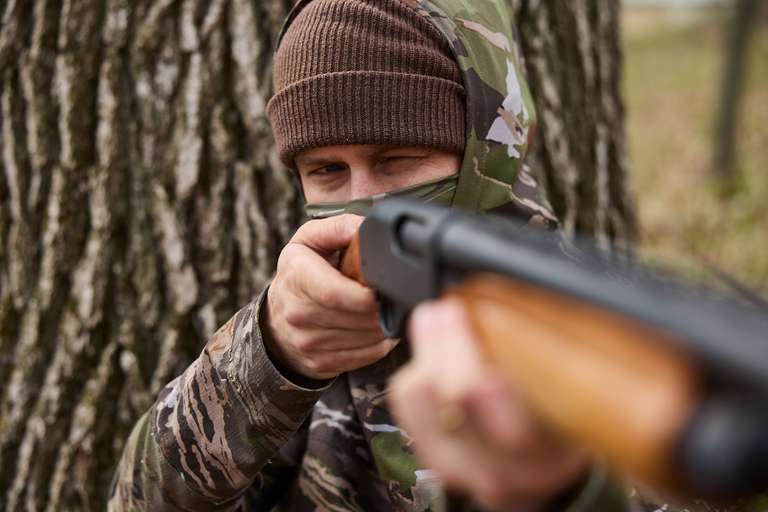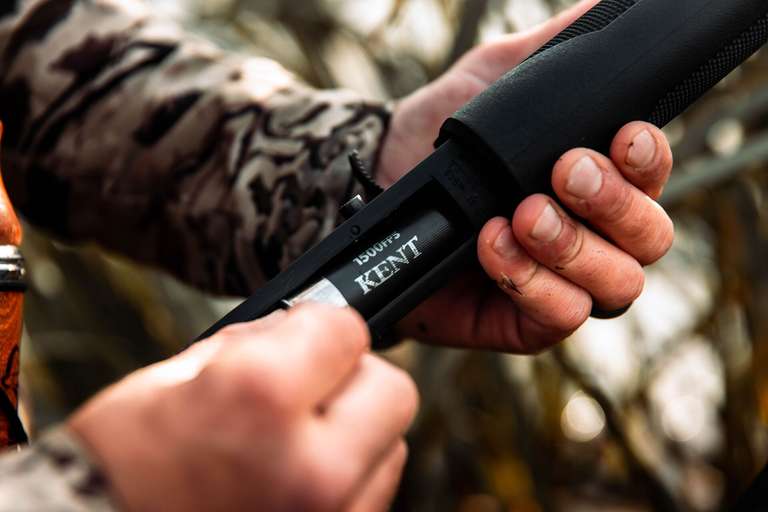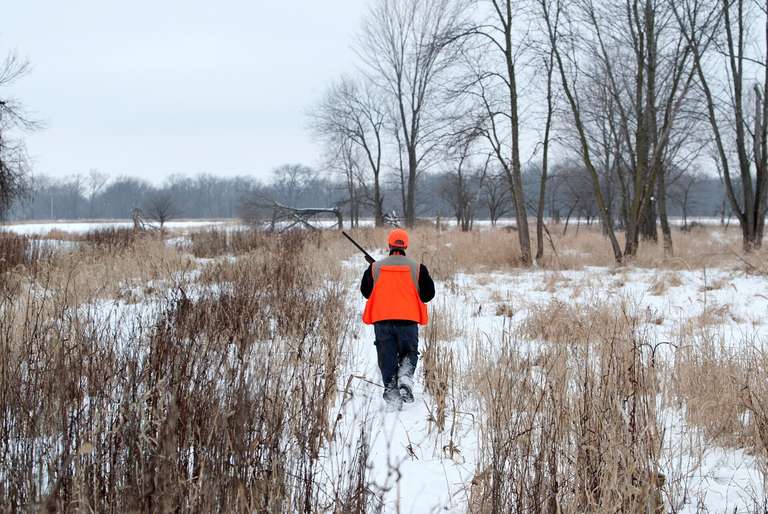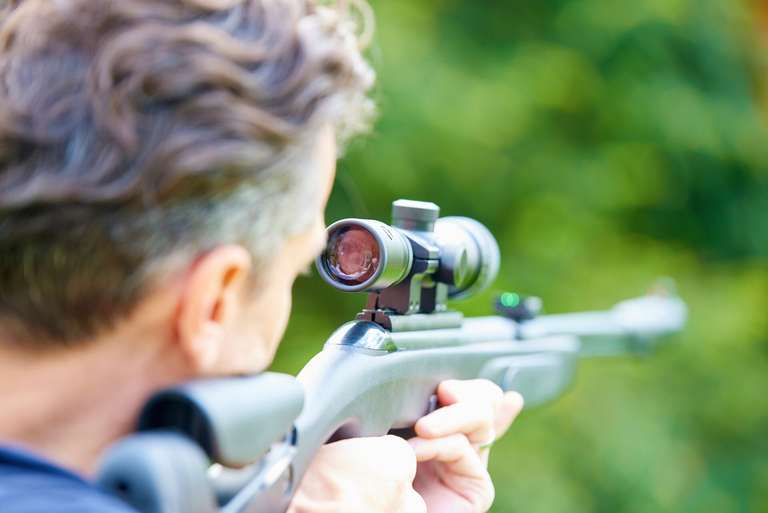What is a Bolt Action Rifle (and How Does It Work)?
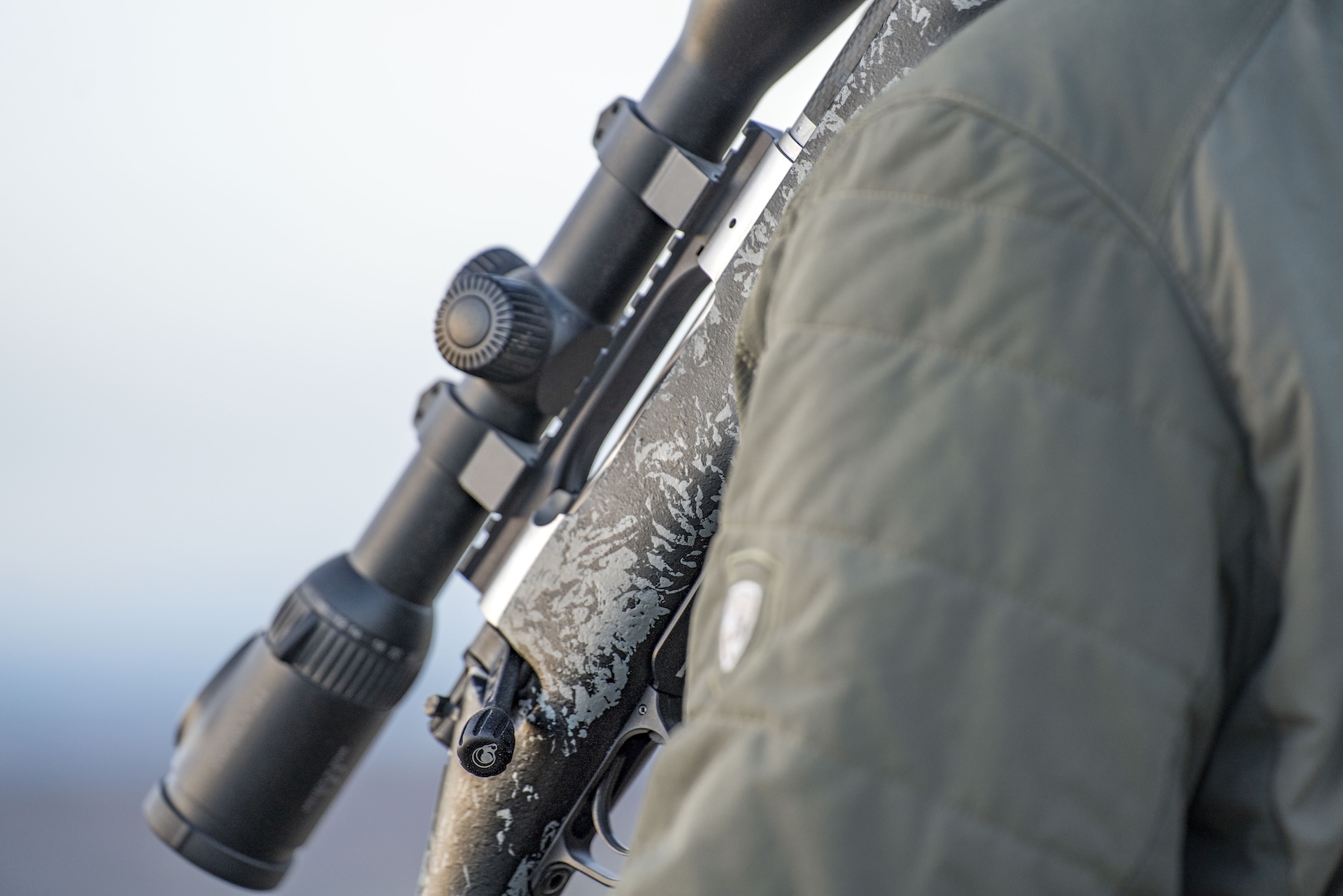
The bolt action rifle is a time-tested firearm that hunters have relied on for accuracy, reliability, and simplicity in pursuing big game.
Understanding how this classic action design works and why it remains popular among hunters more than a century after its invention can help you determine whether one of these rifles belongs in your hunting toolbox.
Today, we go into detail about bolt action rifles, how they work, why hunters like them, and when to choose this firearm for your hunt.
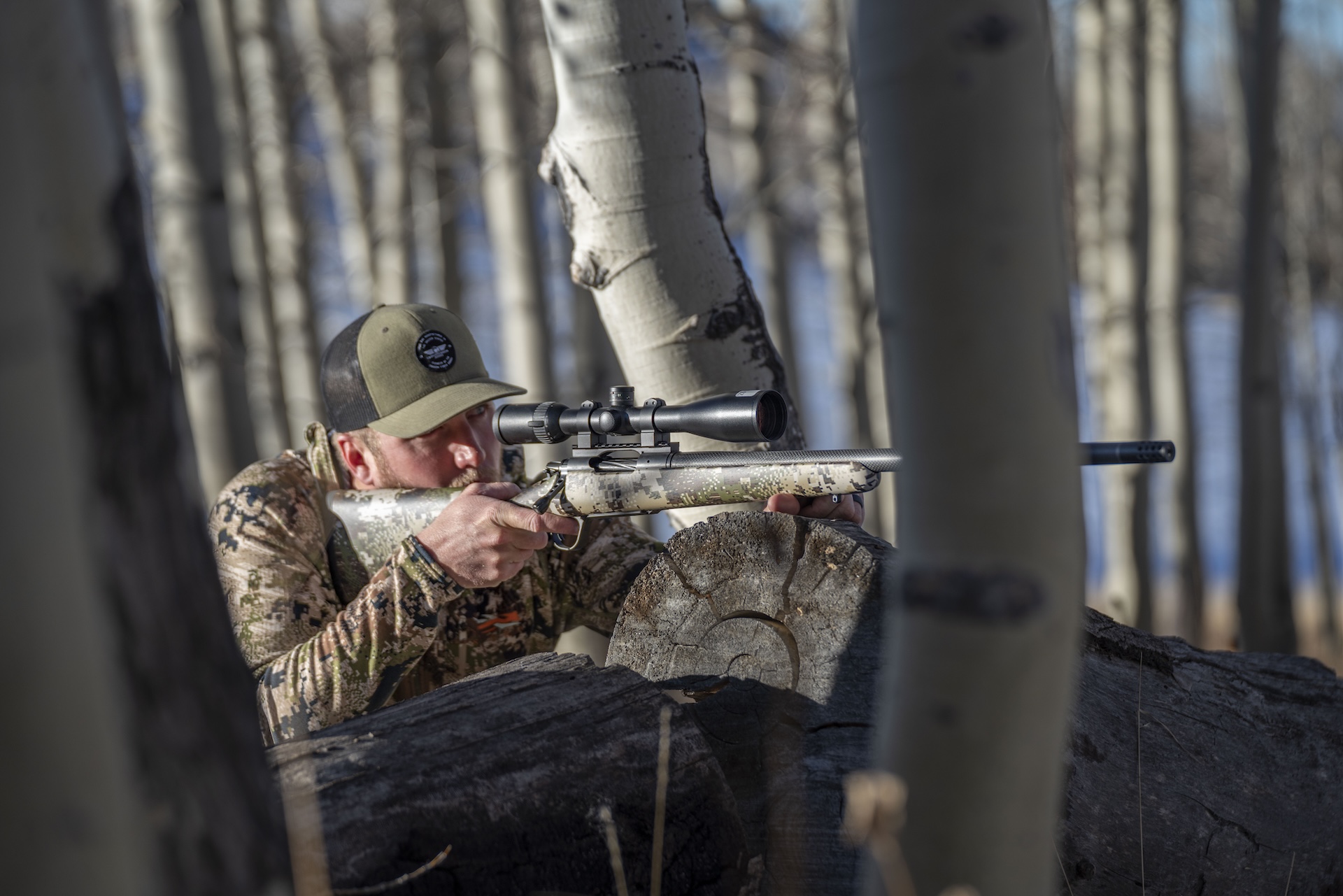
What Is a Bolt Action Rifle?
The bolt action rifle features a manually operated action that is opened and closed with a bolt handle. With each shot, you lift the bolt handle up, pull it rearward to eject a spent cartridge, push the bolt forward to chamber a new cartridge, and then push the handle back down to lock the bolt in place.
While that description answers the fundamental question of "what is a bolt action rifle," I think it only scratches the surface of why this action has stood the test of time since the late 1800s.
This action type was adopted for military applications, with the German Mauser, British Lee-Enfield, and the American Ward-Burton rifle. The bolt action rifle quickly proved to be accurate and reliable with a high-power cartridge in combat conditions.
Those traits were readily embraced by civilian hunters for their pursuit of large game, and they're still relevant for hunters today.
How Does a Bolt Action Rifle Work?
The rifle’s mechanical simplicity gives the hunter complete control over every aspect of the shot cycle.
To use a bolt-action rifle:
- Lift the bolt handle upward 60 to 90 degrees to unlock the action from the barrel.
- Pull the bolt handle to the rear to extract and eject the spent cartridge while retracting the firing pin and cocking the hammer or striker.
- Push the bolt handle forward to load a new cartridge from the magazine into the chamber.
- Push the bolt handle downward to rotate and lock the action so the rifle is ready to fire.
Note that compared to semi-automatic rifles, bolt actions have fewer moving parts. This translates to fewer potential failure points and increased reliability in adverse environmental conditions. Mechanical simplicity and shot control encourage the bolt-action rifle hunter to focus on single shots and shot placement for more deliberate and precise shooting.
If you’re new to this rifle or want more details on how the parts work together, our friends at Savage Arms walk through each component in detail.
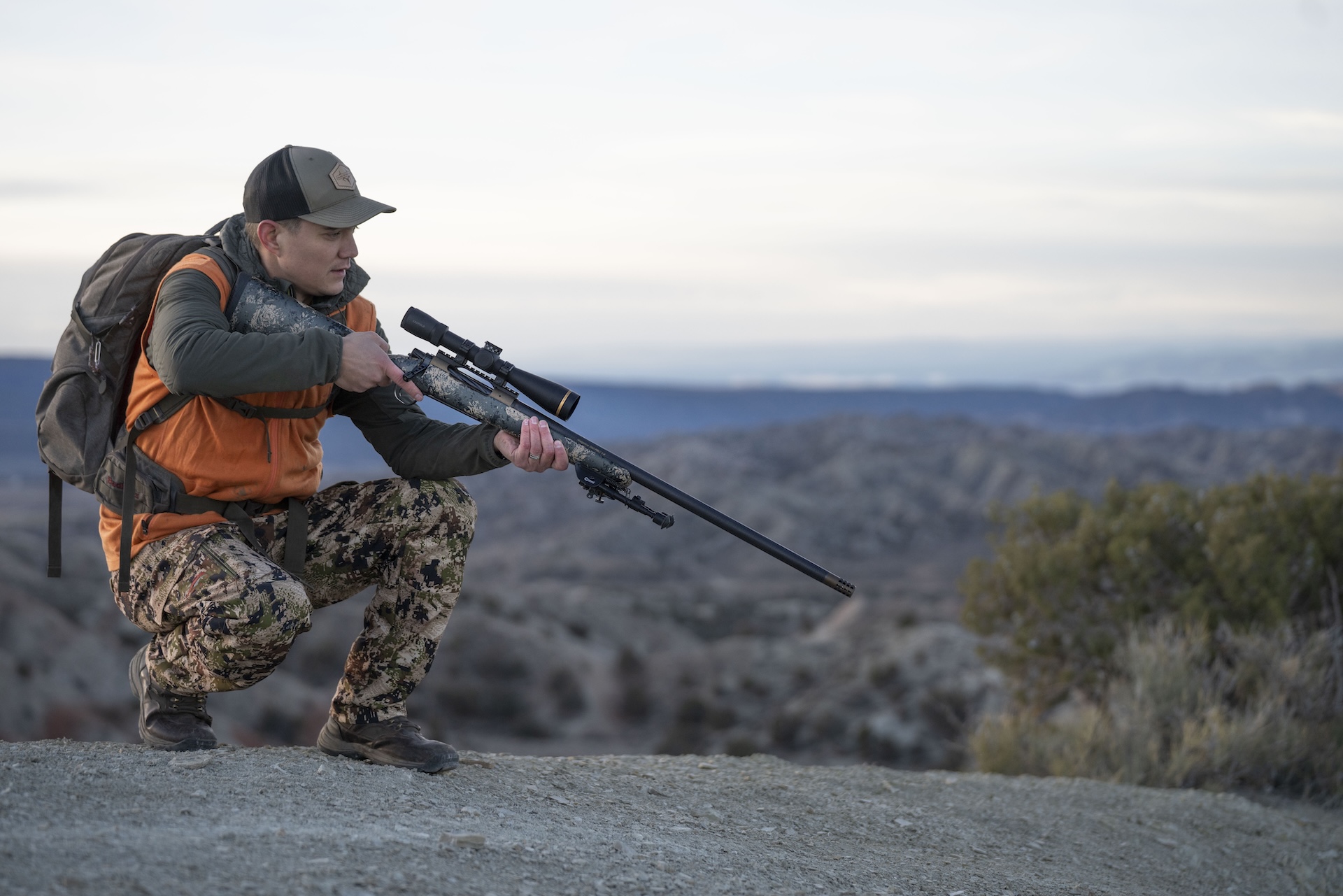
Why Hunters Like These Rifles
Most big game and predator hunters tend to favor bolt-action rifles for four primary reasons.
These are:
- Superior Accuracy: A solid receiver and manually operated bolt that is locked in place during firing means less movement. This allows for tighter mechanical tolerances and consistent lock-up during firing, which creates an inherently more accurate rifle — especially for long-range shots of 200 yards and beyond.
- Caliber Versatility: Bolt action rifles are available in a variety of calibers, from small game cartridges like the .22LR up to heavy-hitting large game rounds like the 7mm Rem Mag or .300 Win Mag.
- Field Durability: When a hunter needs a rifle for rough backcountry conditions or harsh weather, the simplicity of a bolt action keeps the rifle functioning reliably in environments where semi-automatic actions tend to fail.
- Low Maintenance: With minimal moving parts, a bolt action rifle is easy to clean and troubleshoot. Basic cleaning and lubrication will keep these rifles running smoothly for decades.
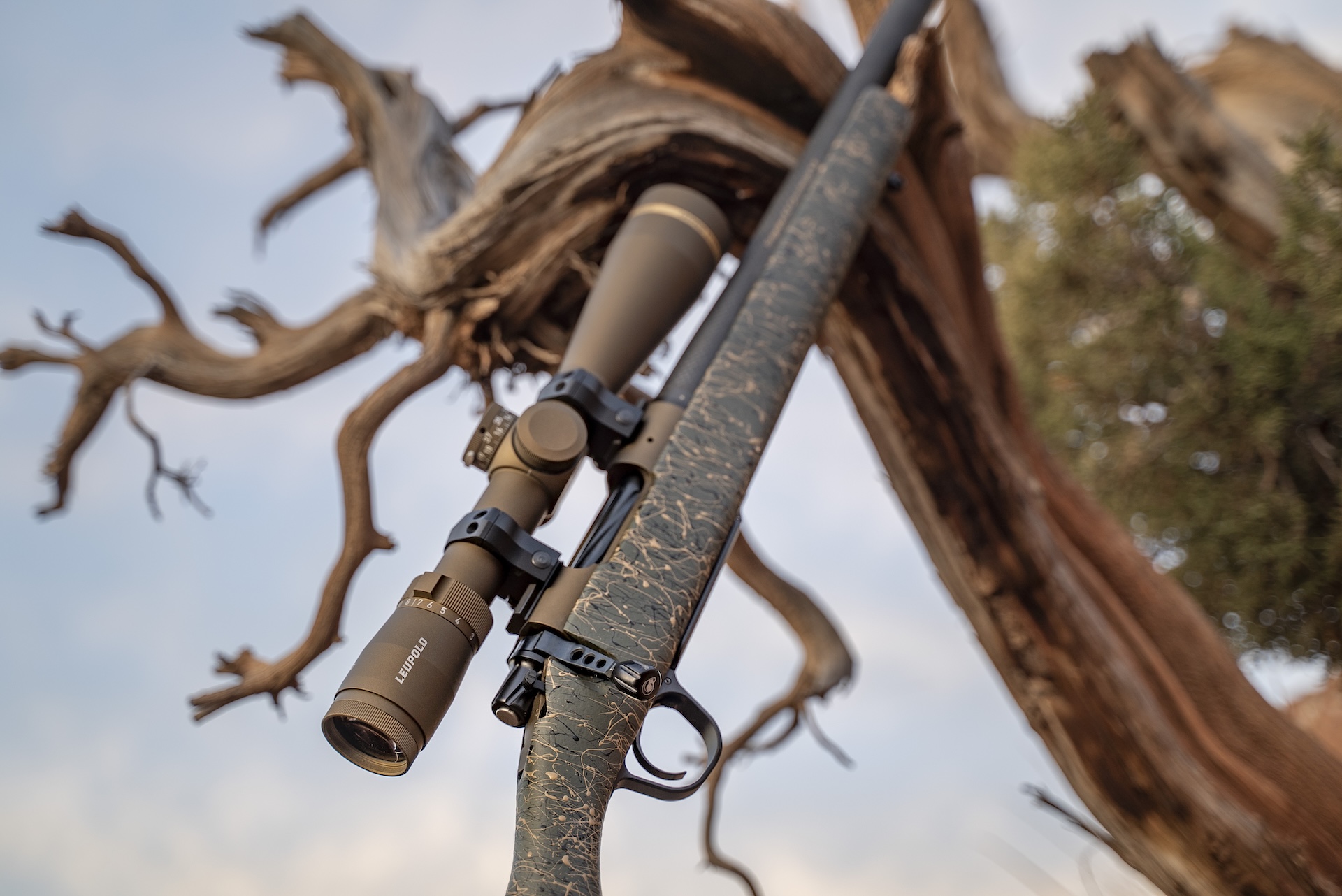
When to Choose a Bolt-Action Rifle for Hunting
While not every hunting scenario calls for a bolt action rifle, there are some applications where this classic rifle shines.
Big Game Hunts
Big game hunting tops the list, where large-caliber bolt actions excel.
The rifle’s ability to handle high-power cartridges and inherent precision make it the right tool to deliver a single, accurate, and lethal shot on deer, elk, bear, moose, or caribou.
Long Range Shots
This rifle is ideal for distance. For properly trained Western hunters pursuing quarry in open country, bolt action rifles, paired with a quality optic, can offer the accuracy to effectively and ethically make long-range shots on distant targets.
Spot-and-Stalk Hunting
For those who enjoy spot-and-stalk hunting, a bolt action's deliberate firing sequence contributes to the slow, focused process of this challenging approach. Unlike hunts that require quick reactions and fast shots, stalking typically allows the shooter time to plan and set up a precise shot that leverages a bolt action’s strongest attributes.
Cold Weather Hunts
Cold weather also seems to have little effect on a bolt action rifle’s reliability, while semi-automatic actions are more prone to freeze up. This happens to rifles with more parts due to extreme cold causing metal parts to contract and lubricant to thicken, which will lead to more malfunctions.
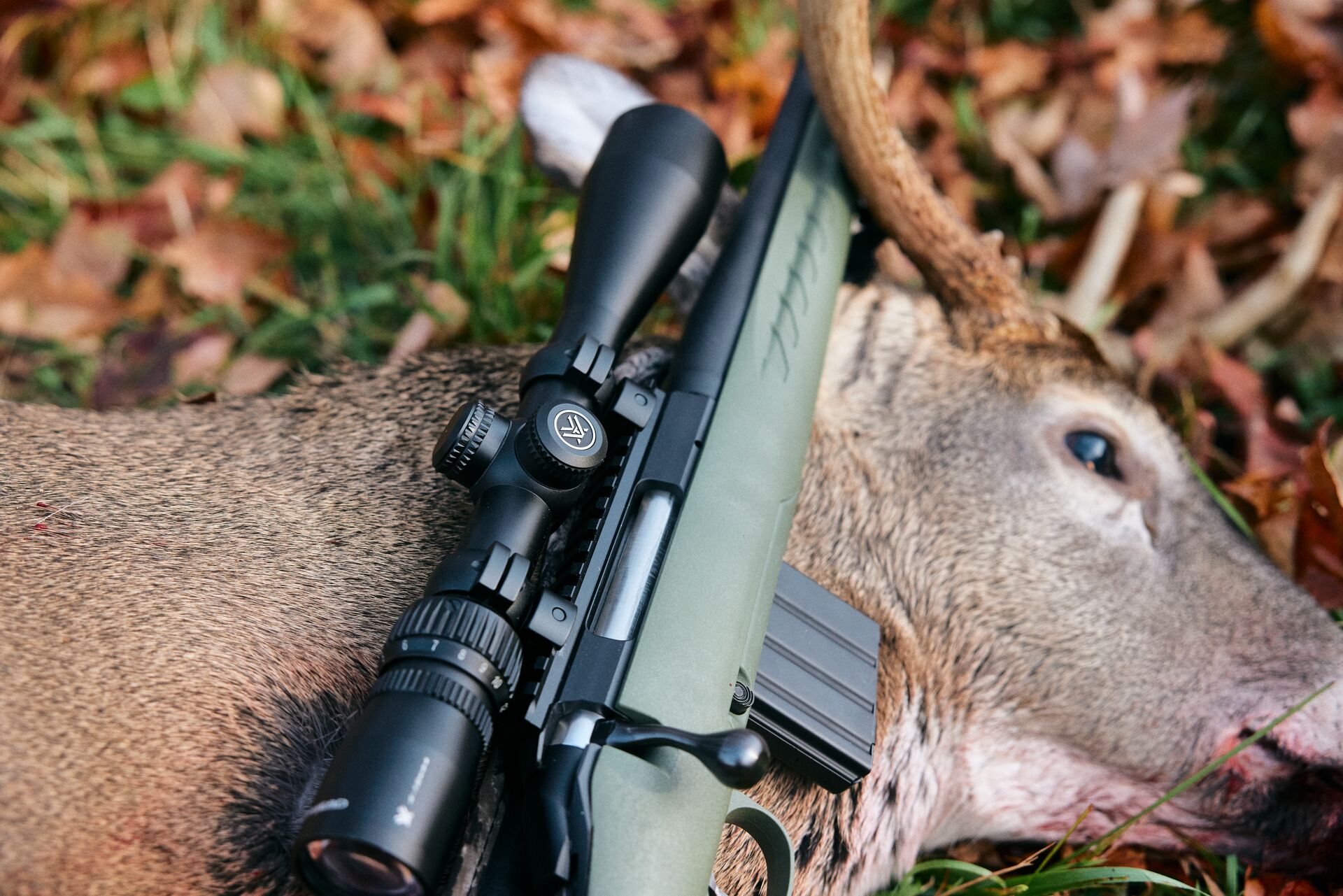
Learn More About Firearms and Safety with a Hunter Education Course
While the bolt action rifle isn’t going to give you the fastest follow-up shot or carry a high-capacity magazine, its combination of reliability, accuracy, and ability to handle powerful cartridges makes it the top choice for hunters. Regardless of whether you’re stalking whitetails in Minnesota’s thick timber or taking a 300-yard shot at an elk in the Wyoming high country, bolt actions have a well-earned reputation as the hunter’s favorite rifle.
Before selecting a new rifle or getting your current firearm ready for the season, make sure you are prepared for a safe and ethical hunt. Start by completing a hunter safety course through ilearntohunt. Each course is tailored to your state’s specific requirements and covers essential hunting skills, including firearms safety, first aid, shot placement, processing, and basic field skills.
Plus, our courses are state-approved and help you meet your state's hunter education requirements. So, as you prepare for your next hunt, make sure you've taken the course for your state!

